Why You Should Choose Concrete Over a Wooden Walkway or Boardwalk: Breaking Things Down
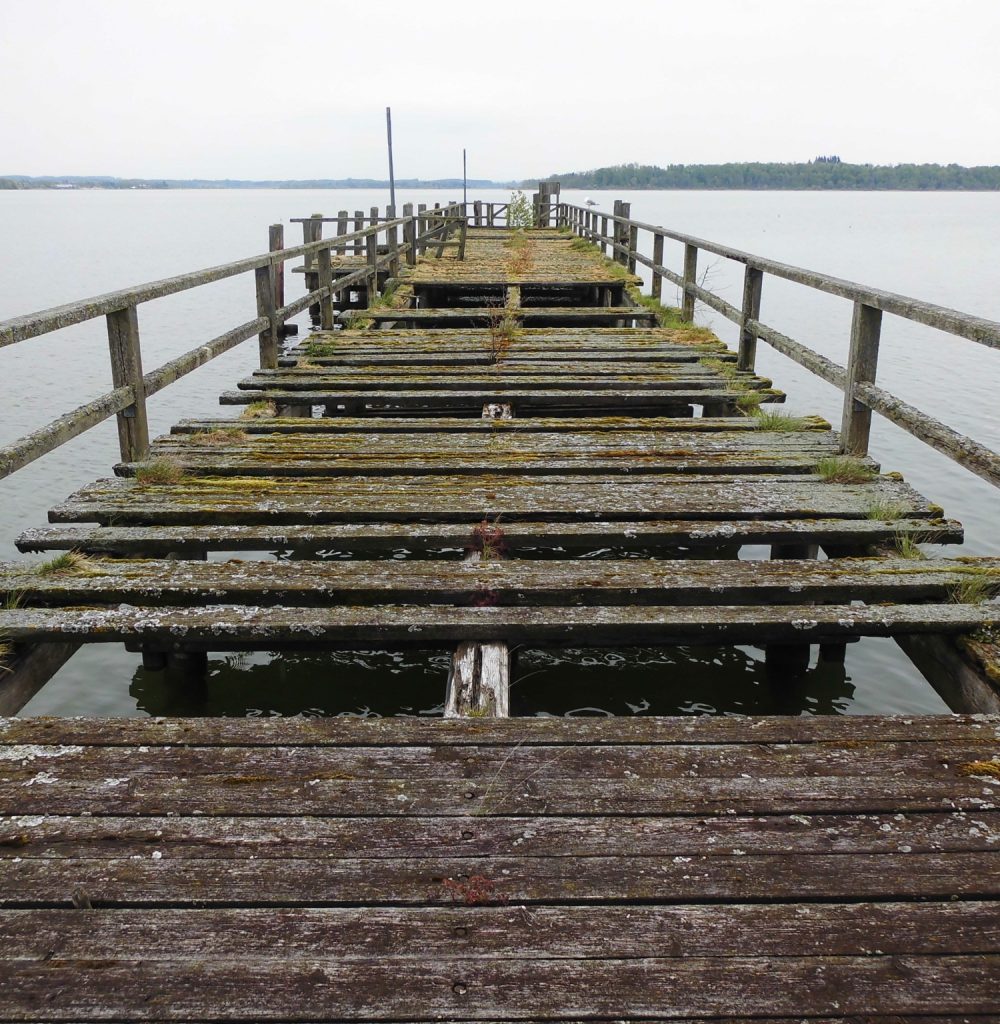
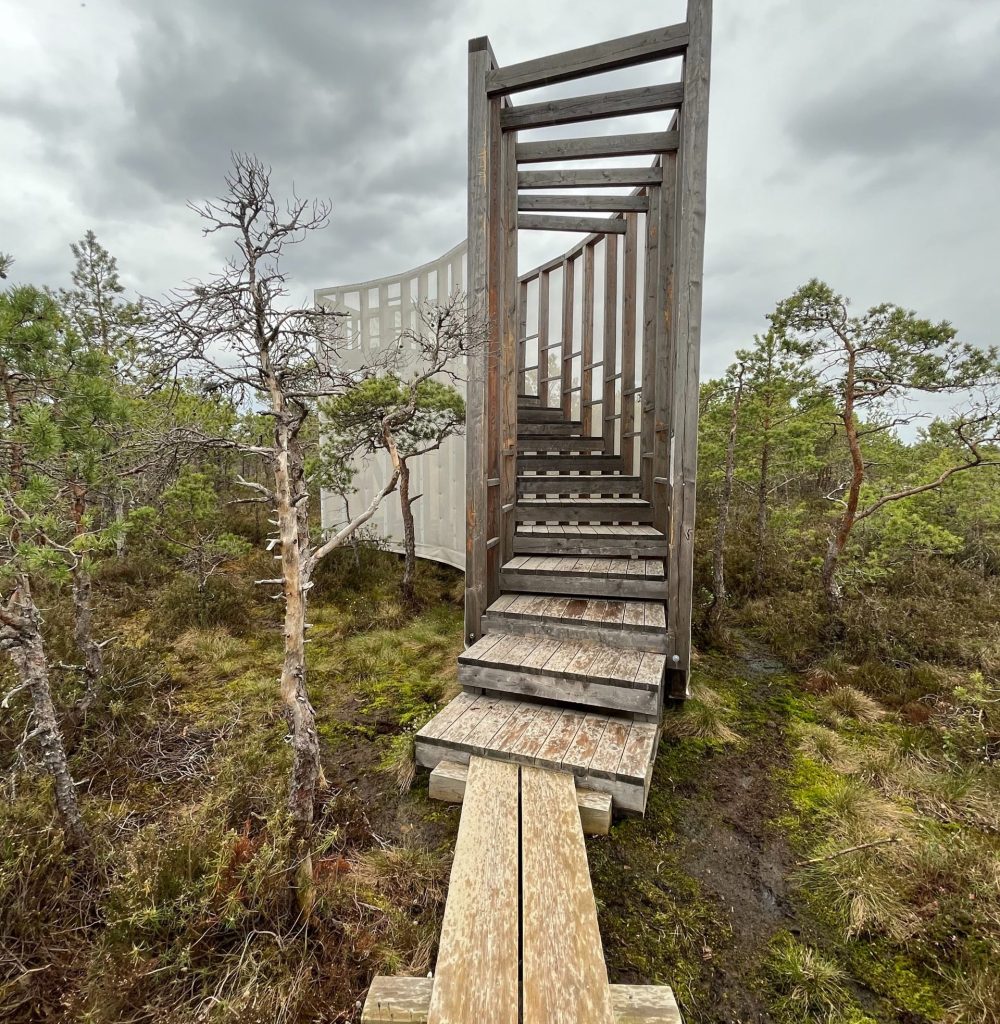
Why are there issues with wooden in walkway and boardwalk-like environments?
The key thing to understand about all of this is that there isn’t necessarily an issue with wood as a material. It’s still very strong, is readily available, is often cost-effective, and is great for a variety of purposes. It’s just that for pedestrian walkways and boardwalks in particular, the environment also creates unnecessary issues that only exacerbate over time.
When a wooden walkway is installed over a stream, marsh, or other naturally wet environment, for example, it typically begins to deteriorate quite rapidly. This is due to the almost constant presence of moisture. Individual boards will begin to split and warp, which can easily cause safety issues. This adds to not only the overall cost pertaining to maintenance of the walkway in question, but also the general inconvenience as well.
Concrete, on the other hand, is a better approach for pedestrian walkways and boardwalks because it’s a naturally porous material. It simply isn’t prone to the types of issues that wood is, making it an ideal choice for these types of applications.
What is the overall lifespan of a concrete bridge, walkway, or boardwalk when compared to wood?
Again, wood can last a long time under the right conditions. It’s just that when you’re talking about a heavily trafficked pedestrian walkway or boardwalk in particular, this rarely constitutes “the right conditions.”
When one of these structures is developed using wood, you’ll begin to see signs of deterioration almost right away. Within a few years, you’ll be performing regular maintenance just to keep things looking their best, to say nothing of the work you’ll have to put in to maintain the safety and functionality of the space.
Generally, you can expect to have to fully replace a wooden walkway or boardwalk every 12 years or so. Concrete, on the other hand, can last between 50 and 75 years. Especially if you’re talking about a situation where budgets are always thin, and you want to install a solution that you don’t have to worry about for extended periods of time, this makes concrete the perfect material choice for most people.
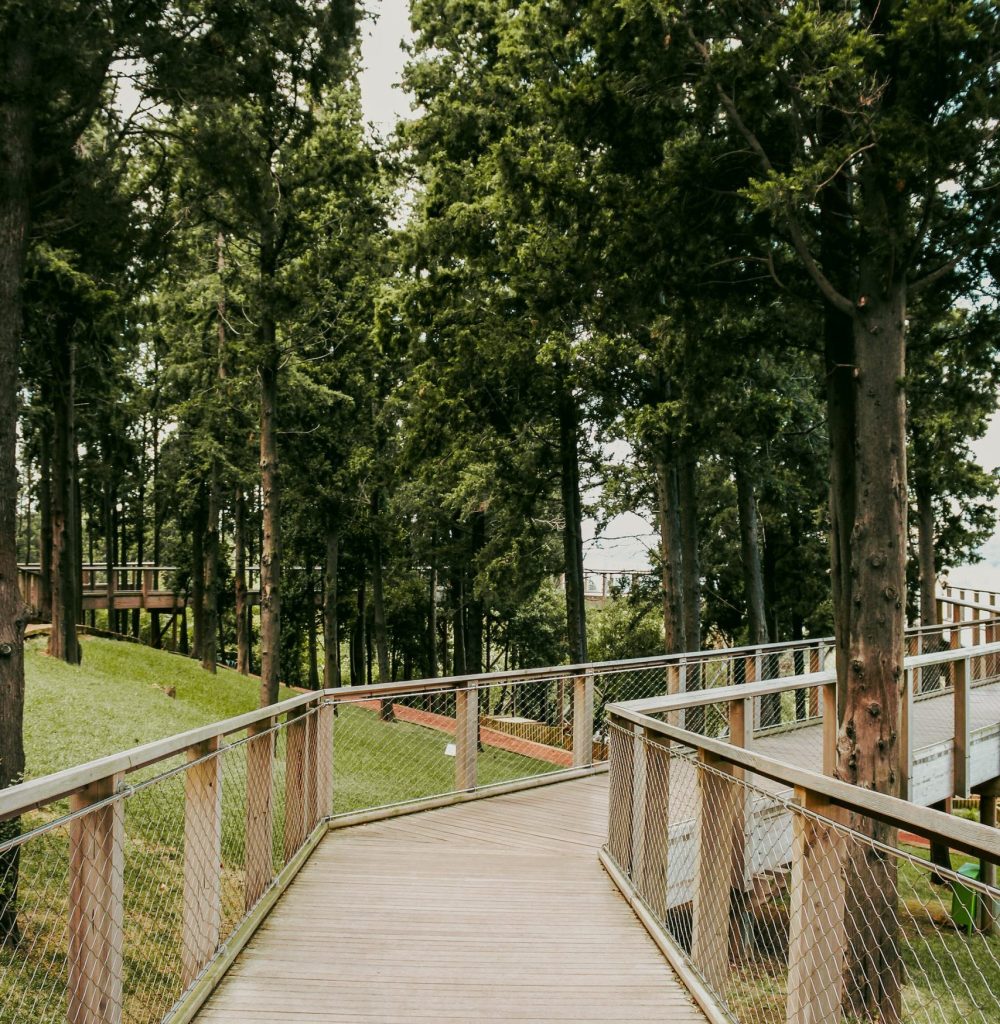
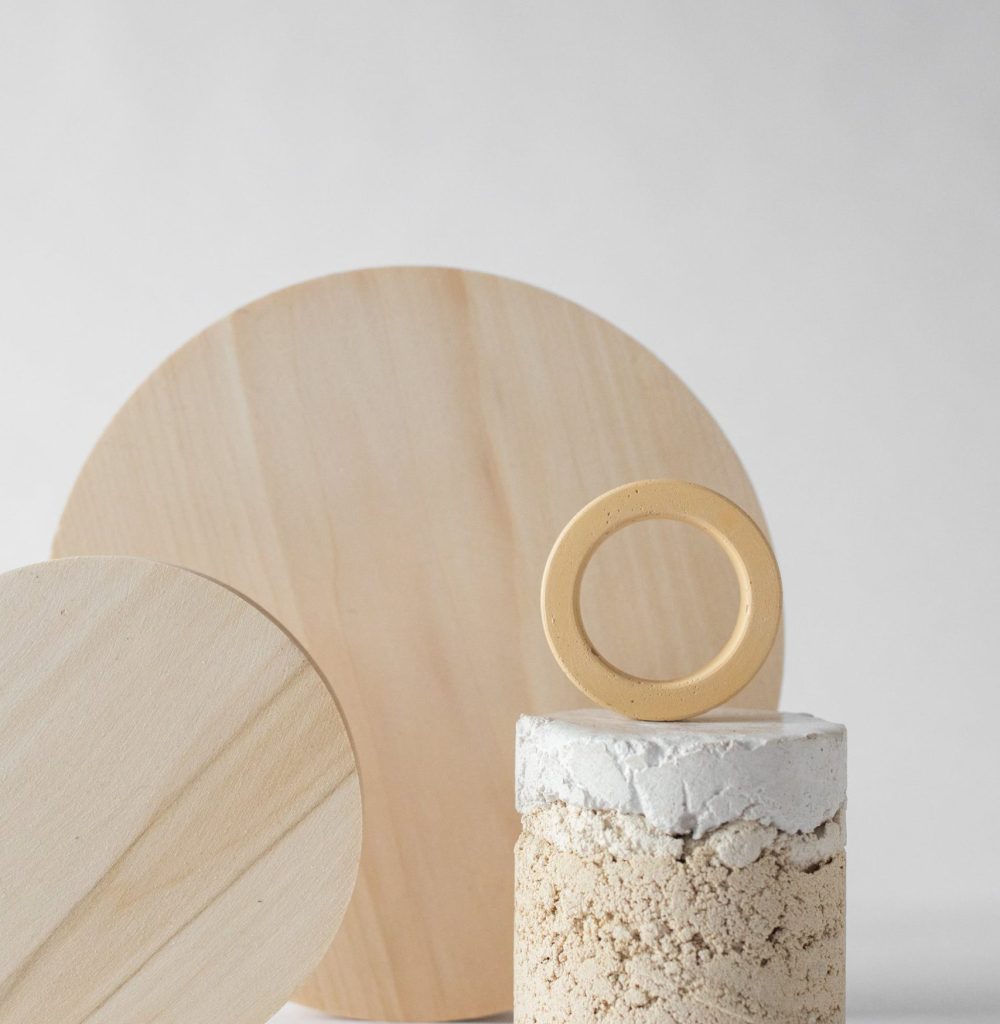
Isn't concrete more expensive than wood?
The answer to this question requires an important perspective. On the surface, it’s true that the initial cost of a wooden walkway may be cheaper than its concrete counterpart. But you need to see the bigger picture, too.
When you add in the almost immediate replacement and maintenance costs, wooden walkways, boardwalks, and pedestrian bridges ending up costing significantly more than they first appear. Concrete is also a much cheaper material than a lot of the alternatives out there.
So if yours is a business that needs to pay attention to expenses, in the long run concrete will absolutely save you money. An up-front investment in a concrete walkway is really an investment in your own peace-of-mind, as you can go for years without worrying about absolutely anything. The same is not true when you go with wood just because of the initial cost alone, which may not even be that different depending on the cost of materials at the time the project begins.
Is concrete customizable in any way?
Absolutely. Many people are familiar with the traditional gray look of concrete. They don’t realize that you can also change the color in any way you see fit. If you’re trying to install a pedestrian walkway or boardwalk that needs to fit into a particular color scheme, for example, you don’t have to go with wood just for the appearance alone. Yes, you can paint wood – but you can change the color of concrete too just as easily (and often with better long-term results).


What industries are ideal candidates for concrete walkways?
As an added benefit of concrete’s inherent flexibility, it’s perfect for projects in just about any industry. This includes not only marine environments (something that would be largely impossible with wood), but also in metro parks, on golf courses, and even in large municipalities as well.
What is the environmental impact of concrete?
Many don’t realize that concrete actually has a much smaller environmental impact than its wooden counterparts. A large part of this has to do with the fact that they only need to be installed once and can then last for up to 75 years. There’s also no need to harvest materials to build the structure like there is with wood.
What are the safety benefits of concrete?
Concrete bridges, walkways, boardwalks, and other areas are inherently safe because they can be customized with safety in mind. They can handle, railings, curbs, ramps – you name it. The concrete also naturally creates a non-slip surface, so you don’t have to worry about additional safety hazards due to poor weather like you do with wood.
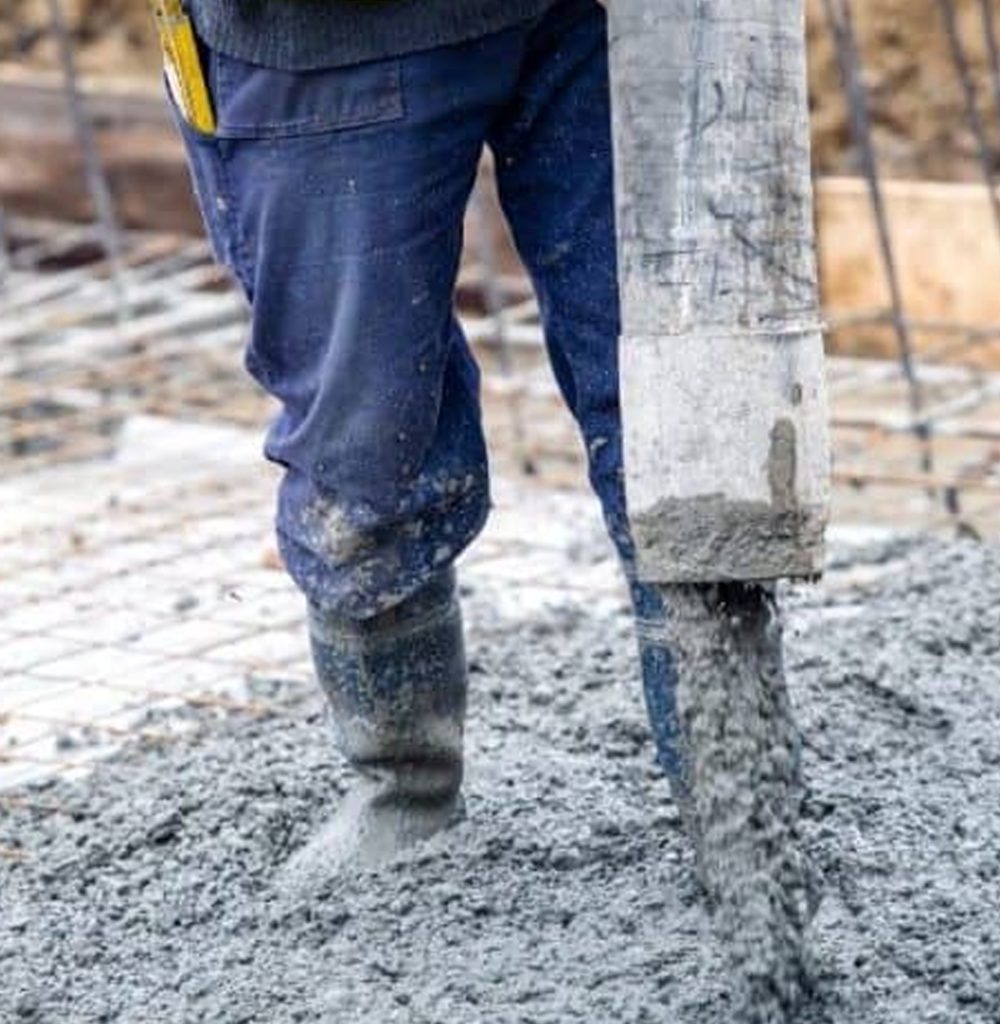

How does concrete perform in extreme weather?
You’ll be pleased to know that concrete holds up exceptionally well in both extreme hot and cold weather. If you’re in an area of the country that experiences all four seasons – meaning you deal with blistering hot temperatures during the summer and frigid cold temperatures during the winter – concrete can absolutely take the type of environmental beating that other materials like wood cannot.
If you’d like to find out more information about the major benefits of choosing a concrete walkway over a wooden alternative, or if you’re eager to get your next project started but aren’t sure where to begin, please don’t hesitate to contact the team at TerraTread today.